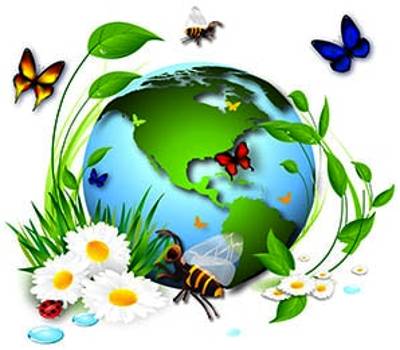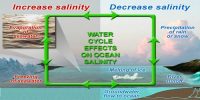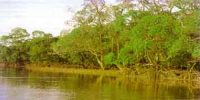Biodiversity, as we have today, is the result of 2.5-3.5 billion years of evolution. Before the advent of humans, our earth supported more biodiversity than in any other period. Since, the emergence of humans, however, it has begun a rapid decline, with one species after another bearing the brunt of extinction due to overuse. The number of species globally varies from 2 million to 100 million, with 10 million being the best estimate. New species are regularly discovered most of which are yet to be classified. Tropical forests are very rich in biodiversity. Biodiversity boosts ecosystem productivity where each species, no matter how small, all have an important role to play.
Biodiversity is a system in constant evolution, from a viewpoint of species, as well as from viewpoint of an individual organism. The average half-life of a species is estimated at between one and four million years, and 99 percent of the species that have ever lived on the earth are today extinct. It is not found evenly on the earth. It is consistently richer in the tropics. As one approaches the Polar Regions, one finds larger and larger populations of fewer and fewer species.

Biodiversity itself is a combination of two words, Bio (life) and diversity (variety). In simple terms, biodiversity is the number and variety of organisms found within a specified geographic region. It refers to the varieties of plants, animals, and micro-organisms, the genes they contain, and the ecosystems they form. It relates to the variability among living organisms on the earth, including the variability within and between the species and that within and between the ecosystems. Biodiversity is our living wealth. It is a result of hundreds of millions of years of evolutionary history.
Biodiversity can be discussed at three levels:
- Genetic diversity: Genetic-biodiversity refers to the variation of genes within species.
- Species diversity: A species can be defined as a group or population of similar organisms that reproduce by interbreeding within the group.
- Ecosystem diversity: Ecosystems are dynamic in nature and can go through a number of changes in their species composition before they become stable.
















